Understanding the Benefits of Kids Colouring Pencils
Colouring has long been celebrated as a delightful pastime for children, engaging their minds and hearts through a vibrant spectrum of colors. Beyond mere enjoyment, kids colouring pencils present a plethora of developmental benefits that nurture young learners. From enhancing fine motor skills to stimulating creativity and providing emotional outlets, the positive impact of introducing children to colouring activities cannot be overstated.
1. Enhancing Fine Motor Skills
The act of gripping a colouring pencil involves a complex coordination of wrist, hand, and finger movements. This fine motor activity is essential for young children, helping them develop the dexterity needed for everyday tasks like writing, buttoning shirts, and using utensils. As children manipulate pencils to shade different areas and achieve desired effects, they hone their muscle control and coordination, laying a foundation for future academic success.
Studies suggest that engaging in tasks that require fine motor skills can lead to improved hand-eye coordination and better mathematical reasoning. For example, a child who spends time colouring intricate patterns is not only creating beautiful art but also practicing the precise movements that will later translate to writing letters and numbers with clarity and ease.
2. Stimulating Creativity and Imagination
Creativity is paramount in a child’s development, allowing them to express themselves and interpret the world around them. Colouring with pencils offers a blank canvas for artistic expression, enabling kids to explore their imagination without restrictions. They can choose colors freely, allowing for a unique representation of their thoughts and feelings. This artistic freedom fuels cognitive development by encouraging problem-solving and decision-making skills as children select colour combinations and techniques.
Additionally, activities that foster creativity are linked to increased neuroplasticity, which is the brain’s ability to adapt and grow. By repeatedly engaging in creative tasks, children strengthen their capacity for critical thinking and emotional intelligence as they learn to convey complex ideas through their artwork.
3. Fostering Emotional Expression
Artistic endeavours, including colouring, provide a safe space for children to express emotions that they may not yet have the vocabulary to articulate. The simple act of choosing a colour can reflect a child’s mood or feelings—be it a bright sunny yellow to express happiness or deep blue to convey sadness. As children colour, they engage in self-reflection, helping them process emotions in a constructive way.
Moreover, educators and parents can utilize colouring as a therapeutic tool, especially for children dealing with anxiety or trauma. Providing a comforting environment where kids can immerse themselves in artistic activities fosters resilience and emotional growth, laying the groundwork for healthier coping strategies in the future.
Choosing the Right Kids Colouring Pencils for Your Child
With numerous brands and types of colouring pencils saturating the market, selecting the right ones can be overwhelming for parents. However, taking the time to choose high-quality, age-appropriate pencils can significantly enhance your child’s colouring experience. Here’s what to consider:
1. Types of Colour Pencils Available
Colour pencils come in various forms, each designed to meet different artistic preferences and developmental stages. Here are a few popular types:
- Wax-Based Colour Pencils: Known for their smooth application and vibrant hues, wax-based pencils are a favorite among younger children. However, they can be more challenging to blend.
- Oil-Based Colour Pencils: These pencils offer richer pigmentation and a smoother finish, making them ideal for blending techniques. They may be better suited for older children with more experience.
- Watercolor Pencils: These versatile pencils can be used dry or activated with water, transforming them into lovely watercolor paintings. They encourage experimentation and creativity.
- Crayon Pencils: A hybrid between crayons and colour pencils, these are great for younger children who enjoy vibrant colors without the mess of traditional crayons.
2. Eco-Friendly Options for Conscious Parents
As environmental awareness increases, many parents are seeking greener alternatives for their children’s art supplies. Eco-friendly kids colouring pencils are typically made from sustainable materials, such as recycled wood and non-toxic pigments. Some brands even offer biodegradable packaging. Choosing these options helps instill an understanding of environmental stewardship at a young age.
Parents can look for certifications, such as the Forest Stewardship Council (FSC) label, which ensures that the wood used in the pencils is sourced sustainably. Moreover, these products often avoid harmful chemicals that could impact children’s health, further ensuring a safe and environmentally friendly art experience.
3. Safety Standards and Age Appropriateness
When selecting colouring pencils for children, safety should always come first. Look for pencils that conform to safety standards, like ASTM D-4236 or EN71, which ensure that products are non-toxic and safe for children’s use.
It’s also essential to consider the age appropriateness of the pencils. Young children, especially those under three, may require larger, thicker pencils that are easier to grip and less likely to break. As children grow, transitioning to slimmer pencils will help refine their grip and control.
Creative Activities Using Kids Colouring Pencils
Colouring pencils can be used in various creative activities that extend beyond typical colouring. Here are some innovative ways to incorporate these tools into fun and educational projects:
1. DIY Coloring Books and Art Projects
Encouraging children to create their own coloring books is a fantastic way to inspire creativity and ownership over their art. Simply provide them with blank pages or recycled materials, such as old cardboard or paper bags, and encourage them to draw their designs. This project enhances their creativity and promotes their personal interests.
To further structure the activity, parents can introduce themes, such as animals, nature, or fantasy. After completing the artwork, children can share their creations with family or friends, enhancing their communication skills while showcasing their unique expressions.
2. Group Activities for Social Skills Development
Colouring isn’t just an individual activity; it can be a powerful tool for building social skills among peers. Organizing group colouring sessions can help children learn teamwork and cooperation as they work together on artistic projects. They can share ideas, negotiate colors, and even collaborate on larger pieces of art, fostering a sense of community.
These activities also provide opportunities for children to engage in conversations about their artwork, enhancing their verbal skills and emotional intelligence. For instance, they can discuss their colour choices and what feelings they evoke, reinforcing the connection between art and expression.
3. Seasonal and Themed Coloring Ideas
The changing seasons present an array of opportunities for themed colouring sessions. Parents can introduce seasonal projects, such as autumn leaves, spring flowers, or winter scenes, correlating the activity with nature’s beauty. For instance, during Halloween, children can colour spooky creatures or haunted houses, integrating storytelling into the process.
Themed colouring can also be tied to educational topics, such as historical figures or scientific concepts. This approach not only makes learning fun but also enriches children’s knowledge through creative engagement.
Tips for Maximizing the Use of Kids Colouring Pencils
To ensure that kids enjoy their colouring experience to the fullest, here are some practical tips on maximizing the use of colouring pencils:
1. Maintenance and Care for Longevity
Proper care of colouring pencils can extend their lifespan and functionality. Teach children to store pencils upright in a container or pencil case to prevent breakage and keep colors from mixing. Regularly sharpening the pencils ensures fine points for detailed work, enhancing their performance.
If a pencil breaks, encourage your child not to get frustrated. Instead, they can learn how to handle such challenges by practicing patience while sharpening the stubs or using them as an opportunity to learn about the importance of taking care of their tools.
2. Combining Colour Pencils with Other Mediums
While colouring pencils are fantastic on their own, combining them with other art supplies can elevate creative projects. For instance, using watercolors to create backgrounds beneath a pencil drawing can yield stunning effects. Glitter, markers, or even collage materials can be added for texture and complexity.
Additionally, encourage children to experiment with layering techniques by applying colour pencils over crayons or even pastels, allowing them to discover unique outcomes and styles while developing fine motor skills.
3. Creating a Dedicated Art Space
A designated art space can foster creativity and enthusiasm for artistic expression. Parents can repurpose a corner of a room, such as a table or desk, stocked with various art supplies, including kids colouring pencils, papers, and other materials. This setup not only provides a creative haven but also encourages children to engage in artistic activities independently.
Make the space inviting by adding inspiration, such as a mood board with images or artworks from their favorite artists. A positive atmosphere will motivate children to explore their creativity regularly, promoting their ongoing passion for art.
Conclusion: Nurturing Your Child’s Artistic Journey
Coloring with pencils offers invaluable experiences that contribute to a child’s development in numerous ways. As they navigate through the vibrant world of colors, children learn essential skills that extend far beyond the pages they fill. Here are ways to exemplify and support their growing artistic journey:
1. Encouragement and Positive Feedback
Celebrating your child’s artistic efforts is crucial in fostering their love for art. Instead of simply praising completed works, offer specific encouragement regarding their techniques, colour choices, or themes. Positive feedback can motivate children to continue creating and exploring their artistic capabilities.
Consider displaying their artwork at home, transforming your space into a miniature gallery that honors their efforts. This practice reinforces their self-esteem and enthusiasm, further fueling their creative growth.
2. Resources for Further Learning and Inspiration
To further nurture your child’s artistic journey, provide them with various resources that can inspire and educate. Consider investing in art books, online tutorials, or enrolling them in local art classes. By exposing them to various techniques, styles, and mediums, you’ll enhance their artistic knowledge and ability to express themselves meaningfully.
Collaborating as a family on art projects or inviting friends over for art playdates can deepen their experience. Such shared moments can create bonds while allowing children to learn from each other’s perspectives and techniques.
3. The Joy of Art: Building Lifelong Skills
The skills developed through colouring extend far beyond the canvas, imparting lessons in patience, perseverance, self-expression, and creativity. As children engage with art, they build a solid foundation for future success across various domains. Encouraging an appreciation for art not only helps them grow personally but also enriches their lives.
Ultimately, introducing kids to colouring pencils and artistic activities can lead to a lifetime of creative expression, problem-solving, and emotional intelligence, serving as vital tools for navigating the complexities of life. Embrace this journey with your child, and foster an environment where creativity can flourish.
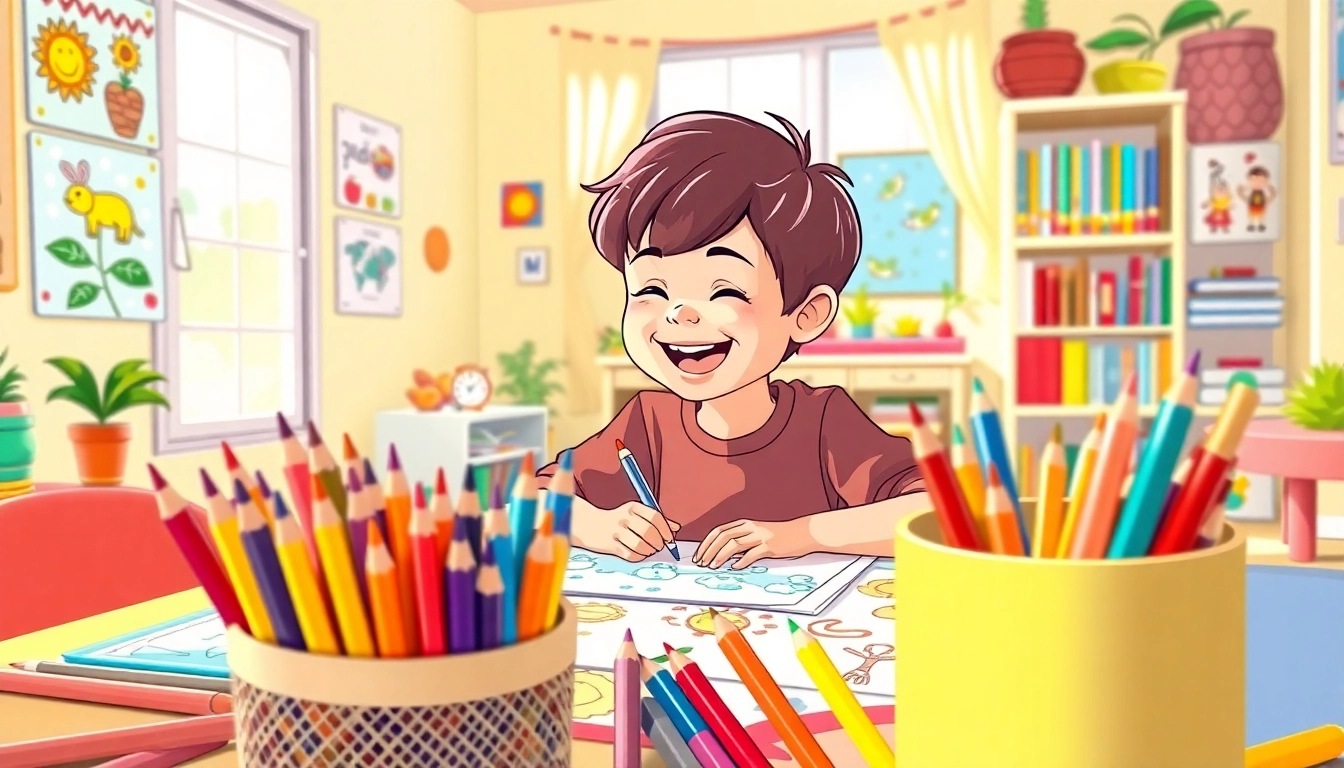
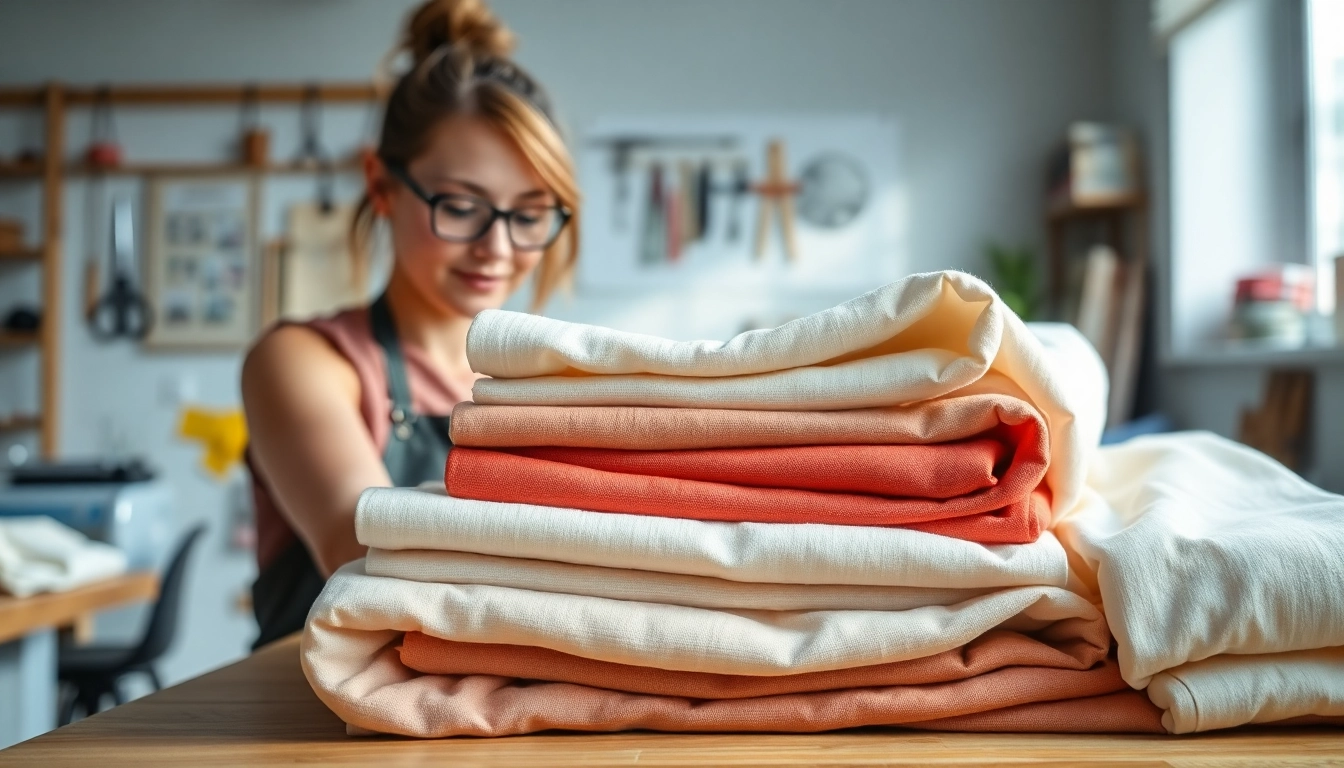


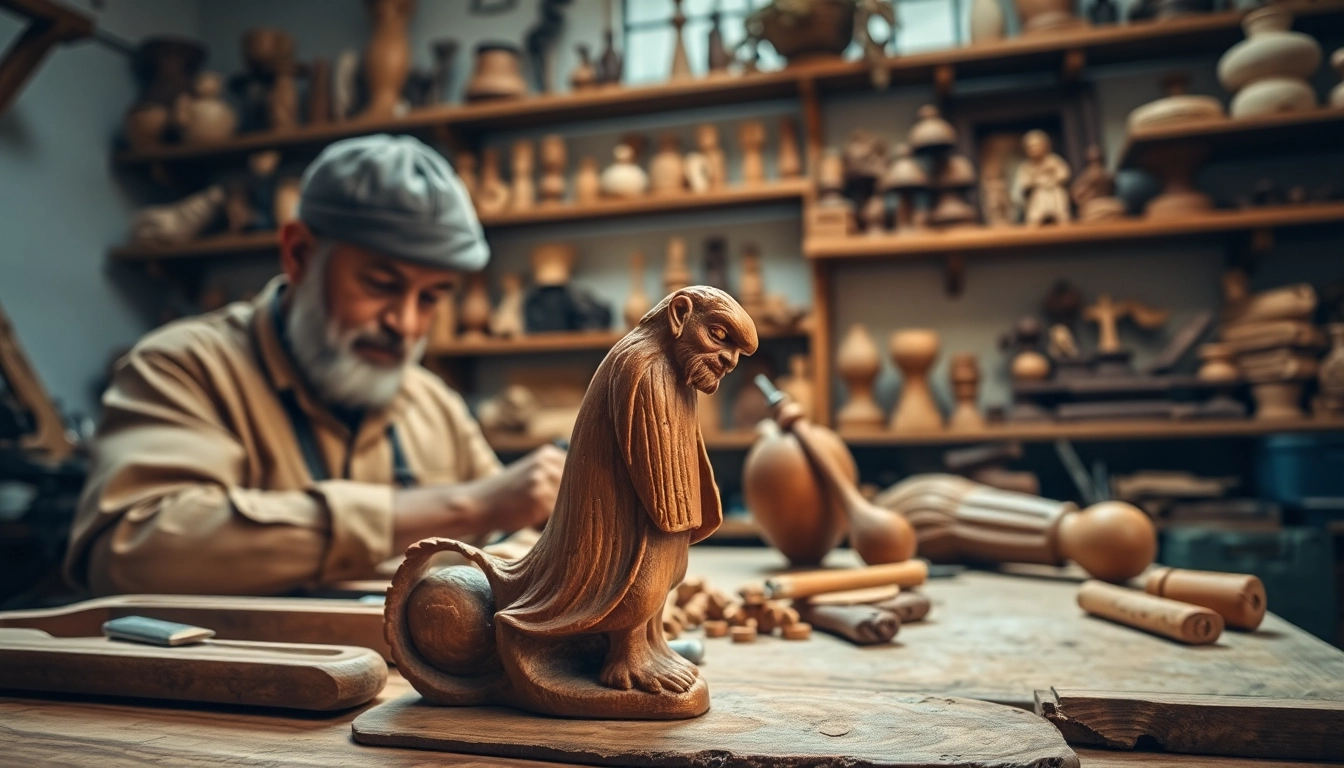




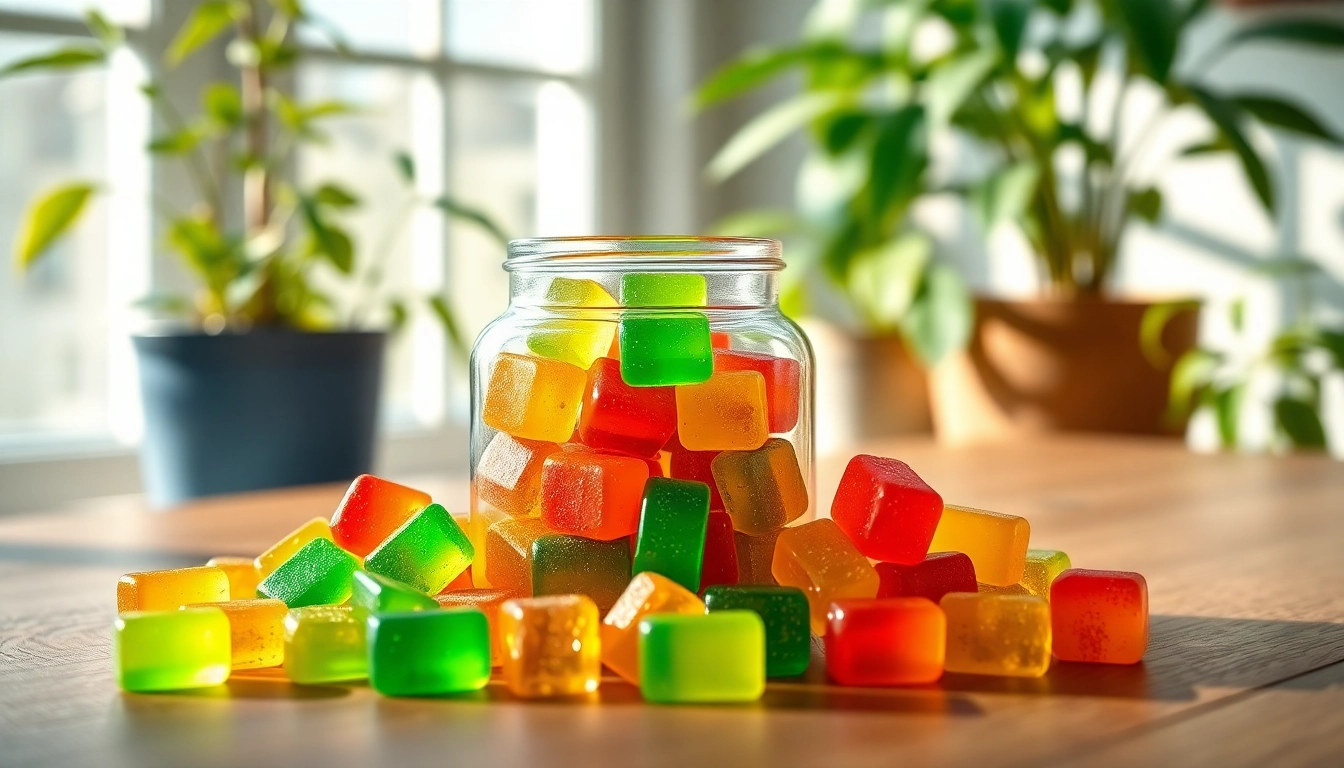

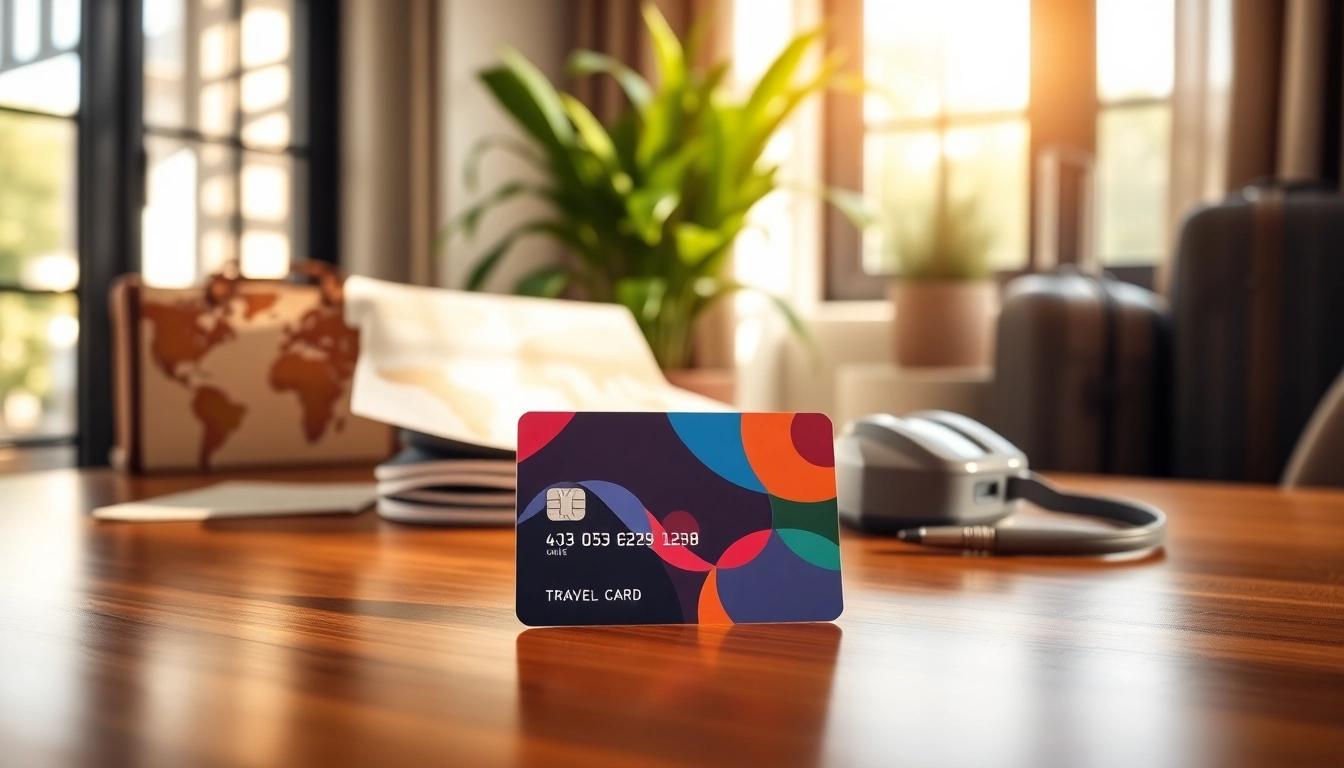



Leave a Reply